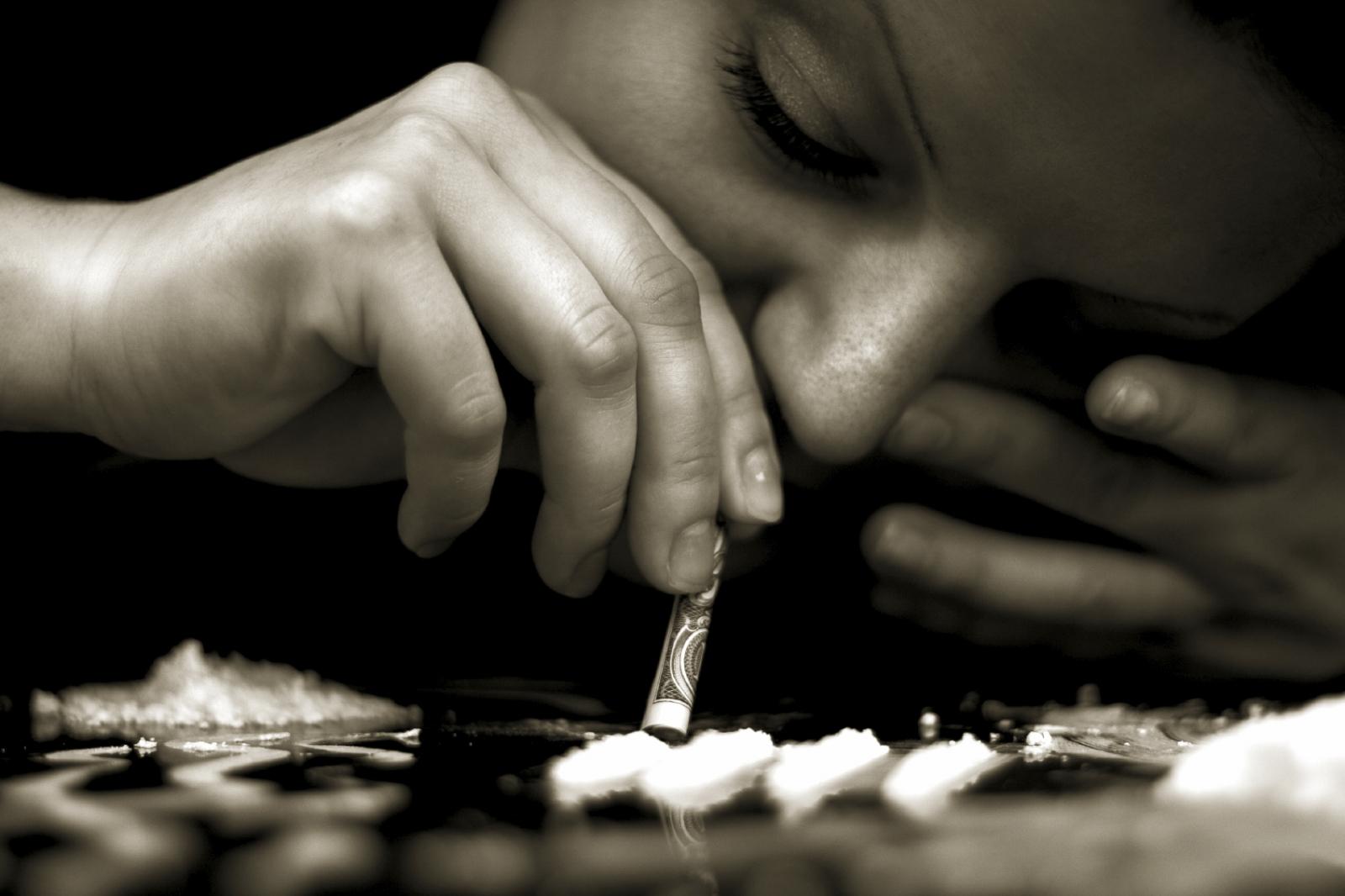Contrary to common thinking, cocaine triggers an addiction only in 20% of the consumers. But what happens in their brains when they lose control of their consumption? Thanks to a recent experimental method, neuroscientists at the University of Geneva (UNIGE), Switzerland, have revealed a brain mechanism specific to cocaine, which has the particularity of triggering a massive increase in serotonin in addition to the increase in dopamine common to all drugs. Indeed, serotonin acts as an intrinsic brake on the overexcitement of the reward system elicited by dopamine, the neurotransmitter that causes addiction. These results are published in the journal Science.
Addiction is defined as the compulsive search for a substance despite the negative consequences, whereas dependence is characterized as the occurrence of a withdrawal symptom — the physical effects of which vary greatly from one substance to another — when consumption is stopped abruptly. It thus affects everyone, whereas addiction affects only a minority of users, even after prolonged exposure. For example, it is estimated that 20% of cocaine users and 30% of opiate users are addicted. “The same principle applies to all potentially addictive products,” says Christian Lüscher, a professor in the Department of Basic Neurosciences at the UNIGE Faculty of Medicine, who led the research. “Here in Switzerland, for instance, almost all adults consume alcohol from time to time, which is a strong stimulator of the reward system. However, only a small proportion of us will become alcoholics.”
Addiction triples without serotonin
To assess how cocaine addiction arises in the brain, the research team developed a series of experiments. “Most of the time, scientific experiments aim to reproduce a systematic mechanism. Here, the difficulty lies in observing a random phenomenon, which is triggered only once in five times,” explains Yue Li, a researcher in Christian Lüscher’s laboratory and first author of the study.
The scientists first taught a large group of mice to self-administer cocaine voluntarily, and then added a constraint: each time they self-administered cocaine, the mice received a slightly unpleasant stimulus (electric shock or air jet). Two groups then emerged: 80% of the mice stopped their consumption, while 20% continued, despite the unpleasantness. “This compulsive behavior is precisely what defines addiction, which affects 20% of individuals, in mice as well as in humans,” emphasises Vincent Pascoli, a scientific collaborator in the Geneva group and co-author of this study.
The experiment was repeated with mice in which cocaine was no longer linked to the serotonin transporter, so that only dopamine increased when the substance was taken. 60% of the animals then developed an addiction. The same was found in other animals with a reward system stimulation protocol that did not affect serotonin. “If serotonin is administered to the latter group, the rate of addiction falls to 20%,” says Christian Lüscher. “Cocaine therefore has a kind of natural brake that is effective four times out of five.”
A delicate synaptic balance
When cocaine is consumed, two forces are at work in the brain: dopamine on the one hand, whose sudden increase leads to compulsion, and serotonin on the other, which acts as a brake on compulsion. Addiction therefore occurs when an imbalance is created between these two neuroregulators and dopamine overtakes serotonin.
“Actually, dopamine triggers a phenomenon of synaptic plasticity, through the strengthening of connections between synapses in the cortex and those in the dorsal striatum. This intense stimulation of the reward system then triggers compulsion. Serotonin has the opposite effect by inhibiting the reinforcement induced by dopamine to keep the reward system under control,” explains Christian Lüscher.
What about other drugs?
Apart from the increase in dopamine, each substance has its own specificity and effect on the brain. If the addictive effect of cocaine is naturally reduced by serotonin, what about other drugs? The Geneva neuroscientists will now look at opiates — which are more addictive than cocaine — and ketamine, which is much less so. The aim is to understand in detail how the brain reacts to these drugs and why some people are much more vulnerable to their harmful effects than others.






